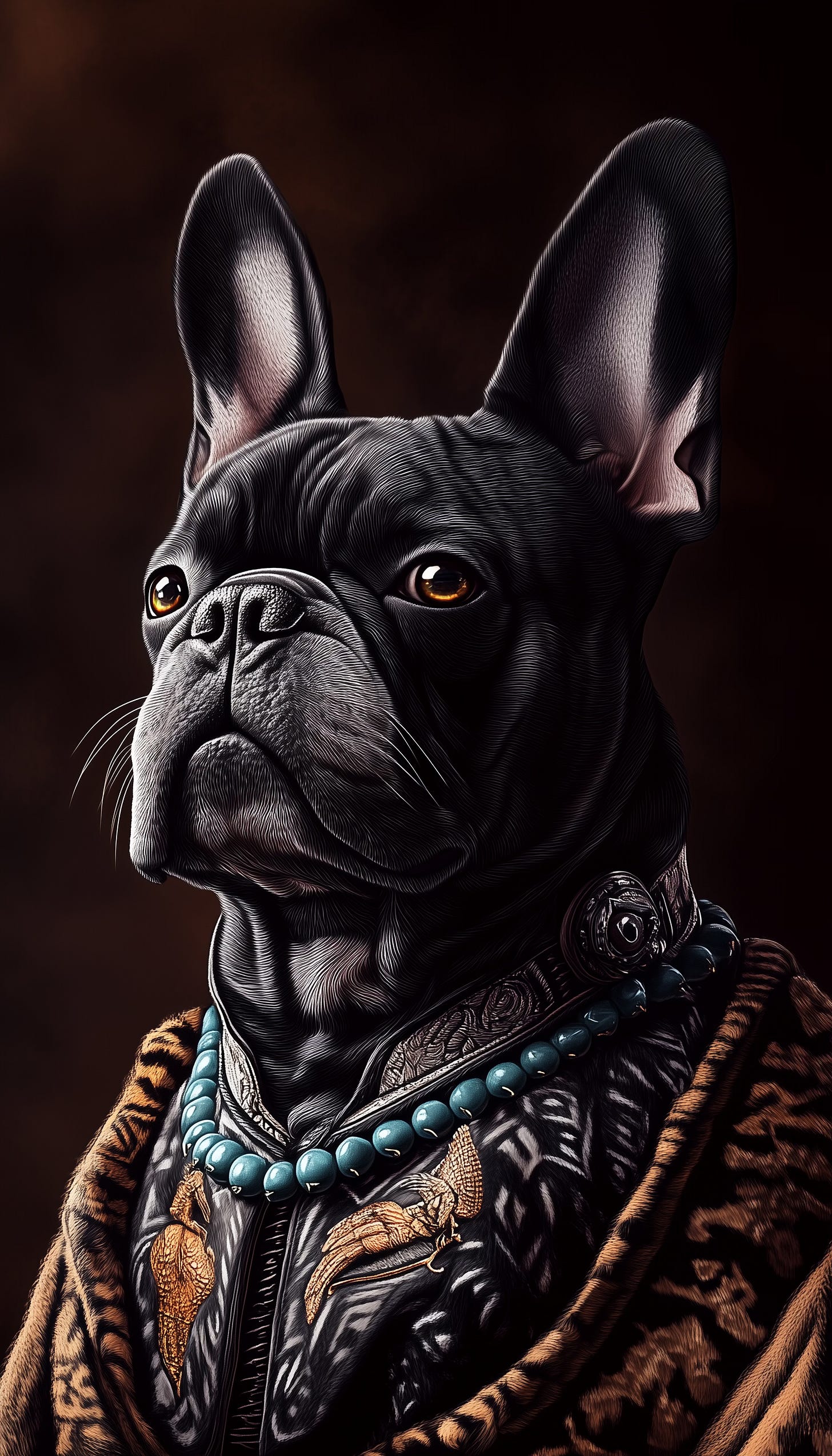Have you ever stopped to consider that within you exists every version of yourself, from the curious toddler to the rebellious teenager to the wise adult? All these versions still live within us, shaping our reactions, thoughts, and feelings. This inner collection of "selves" is often referred to as the inner child, a concept that goes beyond simple nostalgia and offers a powerful source of empowerment. Caring for your inner child is about tuning into those parts of yourself that need nurturing, compassion, and sometimes protection. It's a transformative practice that fosters deeper self-love, resilience, and emotional healing.
What Does It Mean to Care for Your Inner Child?
Caring for your inner child is about recognizing that the emotions, needs, and desires of your younger self still influence your present self. Every experience you've had—from the joy of a carefree childhood to the pain of past wounds—resides in you. When we talk about caring for your inner child, we are talking about offering compassion, safety, and love to the parts of yourself that may still carry unresolved emotions.
This process can be deeply empowering because it allows you to form a conscious relationship with these parts of yourself. When you recognize the ages within you, from the playful 5-year-old to the introspective 16-year-old, you begin to understand that you are made up of many different stories and identities that can all contribute to your present strength.
My Personal Experience: The Dog Card and Inner Child Protection
20 years ago, a Native American friend of mine introduced me to an animal totem tarot deck, which involved pulling cards for each of the seven directions: North, South, East, West, Above, Below, and Within. The card I pulled for "Within," the direction representing my inner self or inner child, had a dog on it. The dog, symbolizing loyalty, unconditional love, and protection, became a powerful metaphor for how I could care for my inner child.
This symbolic connection to the dog's energy gave me a tool to tune into a protective, nurturing force that I could call upon whenever I felt vulnerable. Much like a dog’s loyalty to its owner, I began to see how I could be loyal to the younger versions of myself, offering them safety, understanding, and, most importantly, love. The dog’s card became a symbol of the type of energy I could harness when my inner child needed protection from external or internal negativity.
How to Use the Relationship with Your Inner Child for Empowerment
Acknowledge the Younger Versions of You
One of the first steps is to recognize that you are made up of all the ages you've been. When you feel vulnerable, anxious, or even joyous, ask yourself: Which version of me is experiencing this? Are you feeling fear like a child left alone on their first day of school? Or are you experiencing excitement like a teenager about to embark on a new adventure? Once you identify the "younger you" behind the feeling, it becomes easier to offer compassion and care for that part of yourself.Dialogue with Your Inner Child
Journaling or meditating on a conversation with your inner child can help you better understand their needs. Ask them how they're feeling and what they need. You may find that some unresolved emotions or desires from childhood are still seeking fulfillment, and now, as an adult, you have the power to provide it.Use Symbols and Totems
Much like my experience with the dog card, symbols and totems can be powerful guides. Whether it's an animal, an object, or even a favorite childhood memory, find something that represents your inner child's energy. When you need comfort or strength, imagine this symbol offering protection and nurturing, guiding you back to a state of balance.Create Safe Spaces for Your Inner Child
Sometimes, the wounds from childhood can make us feel unsafe or insecure in the present. By creating safe spaces—whether through mindfulness, a creative outlet, or physical spaces in your home—you provide your inner child with a place where they can feel safe and express themselves freely.Embrace Playfulness and Joy
The inner child is not only about healing past wounds but also about reconnecting with the joyful, curious, and playful aspects of yourself. Make space in your life for fun, exploration, and creativity. Whether it’s through art, dance, or even building something with your hands, these activities remind you that the child within still craves light-hearted joy.
Historical and Cultural Significance of the Inner Child
The concept of the inner child is not new. Many indigenous cultures, including Native American traditions, emphasize the importance of nurturing every part of our being, including our younger selves. Rituals like animal totem readings help us connect with different aspects of our psyche and provide a framework for healing.
In psychology, Carl Jung was one of the pioneers who introduced the idea of the "divine child" within, emphasizing its role in the process of individuation, or the integration of all parts of the self. Other therapeutic practices, such as inner child work in modern psychotherapy, also highlight the importance of healing childhood wounds to live a more integrated and empowered life.
Across cultures, the idea of maintaining a relationship with your younger self has been seen as a pathway to personal empowerment and emotional resilience.
Final Thoughts
Caring for your inner child is about more than just addressing past wounds. It's a lifelong relationship with the many versions of yourself that have shaped who you are today. By acknowledging these parts, protecting them with nurturing symbols (like my dog card), and fostering joy and safety, you allow yourself to live a more empowered and fulfilled life.
Your inner child holds wisdom, curiosity, and creativity that can guide you in both the light and shadow moments of life. Remember, you are made of many ages, and all of them deserve love, care, and respect.





